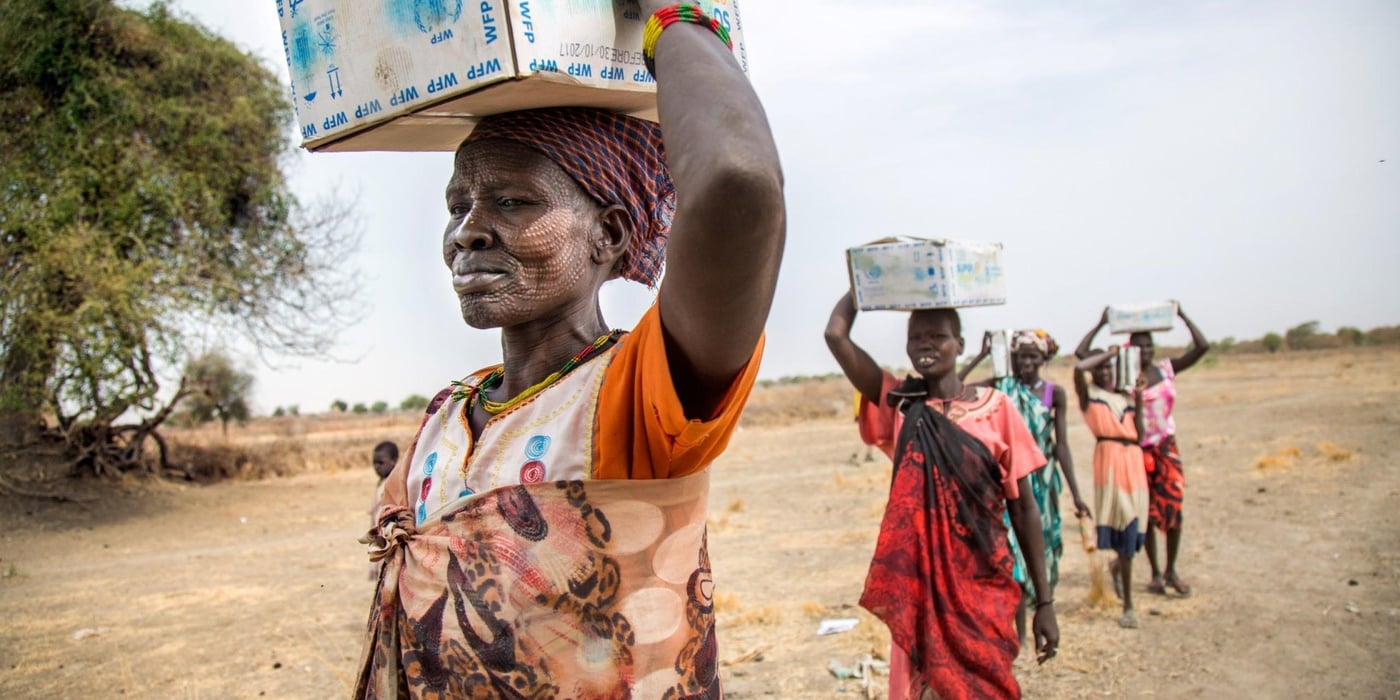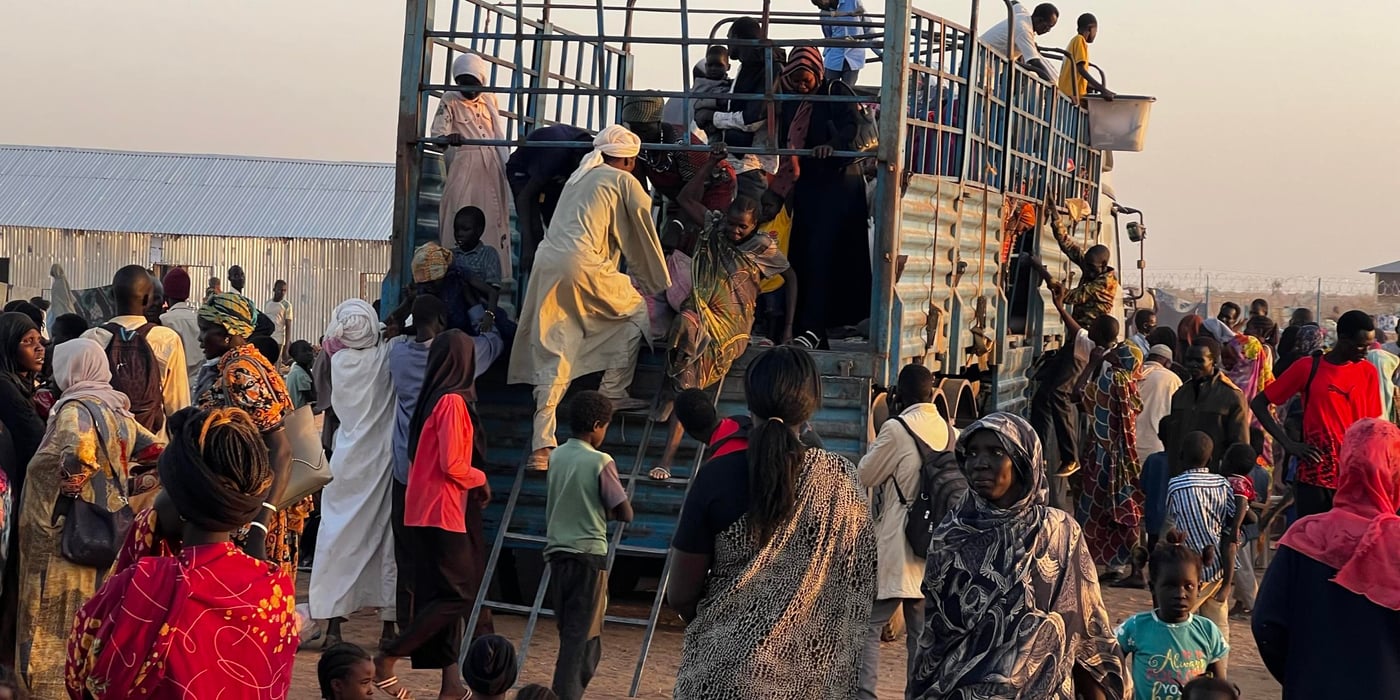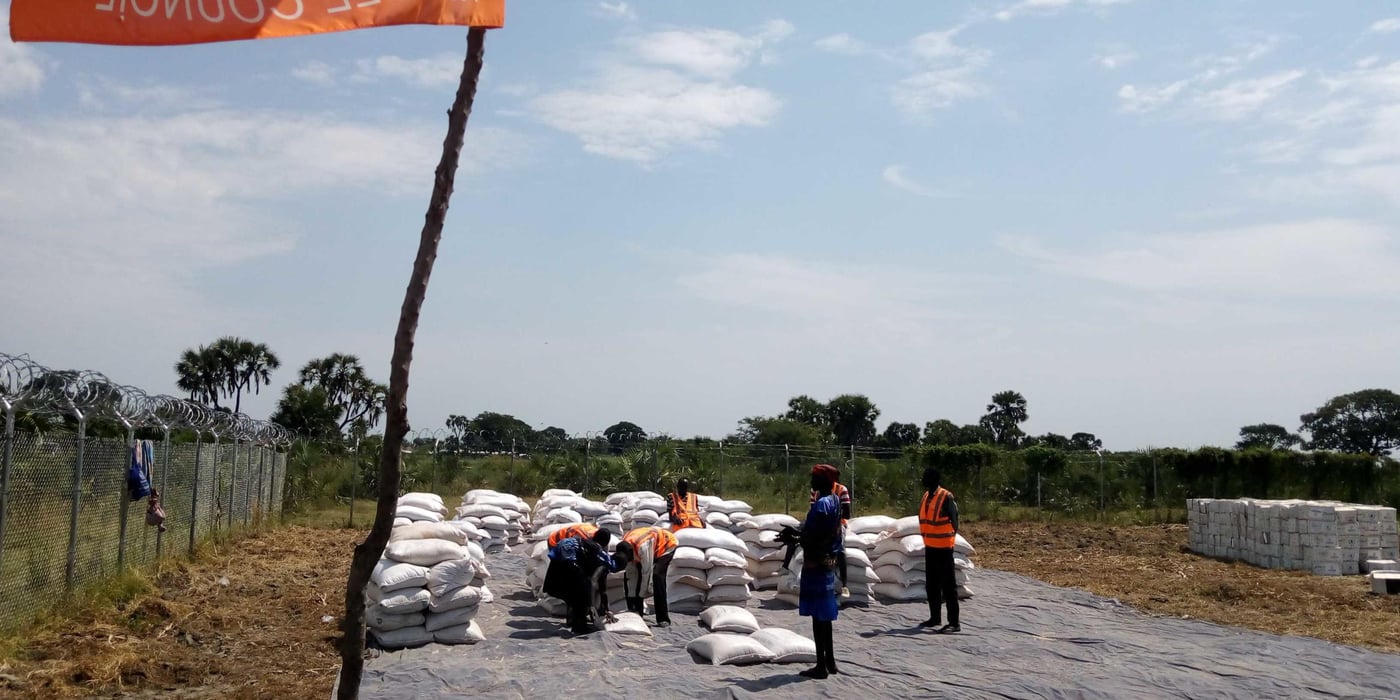
“South Sudan’s food crisis levels are shocking,” said Rehana Zawar, Norwegian Refugee Council’s Country Director in South Sudan. “Alarm bells are ringing as the threat of famine is now more widespread than this time last year. Tens of thousands of families are at risk of starvation.”
An estimated 6.3 million people – or half the population – currently face ‘crisis’, or worse, food security levels. That number will likely increase by another 1 million in the next 3 months, according to the latest projections. This is a significantly higher percentage of the population than was in need of humanitarian aid at same time last year.
Current levels of aid are expected to reach less than 50 per cent of people in need across the country. In addition, restricted access to aid and other food sources will be extremely low, as food stocks run out in many parts of the country while the lean season of May to July approaches.
The main reasons for the worsening situation is the compounded impact of 4 years of fighting, the destruction of food production, cattle being stolen or left behind, farmers afraid to access their lands, and high inflation due to economic crisis. These resulted in two million people that fled their homes within the country, and another two million who fled as refugees.
Since this time last year, violence has spread to more parts of the country. Areas worst affected by the food crisis are also those affected by the armed conflict, including central and southern Unity, northwestern Jonglei, and Wau in Western Bahr el Ghazal, according to the Famine Early Warning Systems Network (FEWSNET).
Other areas are seeing massive arrivals of displaced communities, increasing pressure on already limited resources. Despite the challenges, humanitarian agencies continue to save lives by distributing food and other necessities to over 2.5 million people in need across South Sudan each month.
“Our Rapid Response Teams are working overtime to deliver lifesaving aid to devastated areas, but needs are still overwhelming,” said Zawar. “We urgently need increased international support and resources for humanitarian aid, as well as free access to bring food and other emergency assistance to hard hit communities. The only way to prevent a widespread famine is to act now, before it’s too late.’’



